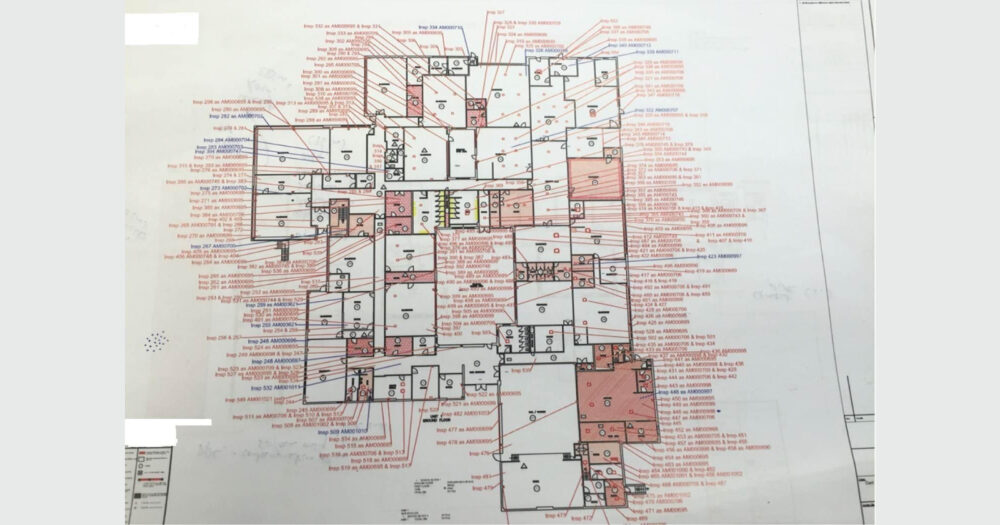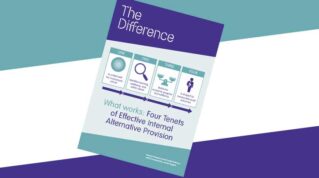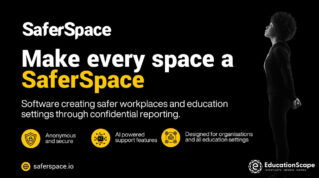By educating the public and ensuring transparency about asbestos risks, we can drive meaningful change on a national level.
Asbestos, once a commonly used material for fireproofing and insulation, was banned in the UK in 1999 after its health risks became apparent. However, it remains present in many buildings, including the vast majority of schools.
A recent Department for Education report revealed that more than 80 per cent of schools still contain asbestos, with the figure rising to 97 per cent in system-built schools, such as those from the Consortium of Local Authorities Special Programme (CLASP) – prefabricated structures built between 1957 and the 1970s.
These statistics highlight the urgent need for action, as exposure to asbestos can lead to mesothelioma, an untreatable lung cancer. Since 1980, an estimated 12,600 pupils and 1,400 staff have died from asbestos-related diseases.
Despite established guidelines for managing asbestos risks, transparency remains essential. School floor plans detailing asbestos-containing materials (ACMs) often list hundreds of items, and the public – and indeed the teaching workforce – are inclined to assume all asbestos should be removed rather than managed safely.
Understanding the risks
Not all asbestos must be removed. The Control of Asbestos Regulations provide a framework for managing asbestos in schools, focusing on two key factors: material risk and priority risk.
Material risk
This relates to the physical properties of the asbestos. Friable asbestos, which crumbles easily, is highly dangerous because it releases microscopic fibres that can be inhaled. Non-friable materials, such as asbestos-containing floor adhesives, present a much lower risk.
Priority risk
This refers to the likelihood of asbestos being disturbed. Materials located in less-trafficked areas, such as ceiling insulation, are less likely to pose a risk compared to those in high-traffic zones. For instance, a child kicking a ball could disturb an asbestos-containing wall panel, creating a potential hazard. Even activities like pinning displays to walls can inadvertently release asbestos fibres.
Ongoing education and inspection
Education alone is not enough; managing asbestos in schools requires continuous attention. Asbestos-containing materials must be reinspected at least annually, and management plans should be reviewed regularly. Without frequent inspections, authorities will lack the necessary data to act swiftly and decisively if an issue arises.
Parents demand reassurance that schools are taking proper steps to manage asbestos risks. A standardised approach across all schools would provide this confidence.
Furthermore, schools must ensure that all contractors, even those carrying out minor repairs, adhere to asbestos regulations.
Duty holders—usually headteachers, academy trust leaders, or local authorities—must be prepared to demonstrate how asbestos risks are managed within their school.
Key questions that must be addressed include:
- Has a comprehensive asbestos survey been conducted?
- Was the survey completed by a trained and accredited professional?
- How frequently are asbestos materials inspected?
- Are contractors minimising the risk of disturbing asbestos during their work?
- Have duty holders received adequate training?
According to the Health and Safety Executive, an asbestos management plan should include:
- Clear identification of those responsible for managing asbestos
- An asbestos register detailing materials and their locations
- A monitoring schedule and procedures for preventing disturbance
- Emergency protocols for dealing with accidental asbestos release
Priority for removal or repair should be given to materials that are damaged or at higher risk of exposure.
Transparency and accountability
Parents should be allowed to review the school’s asbestos management plan. This transparency not only reassures parents that their children are not at unnecessary risk, but it also sets a benchmark for other schools to follow, promoting better compliance and safety standards.
In the longer term, a national register of schools’ asbestos conditions would ensure uniform transparency. While funding such a registry would require investment, the cost of inaction —continued asbestos-related deaths among teachers, staff, and former pupils — would far exceed the expense.
By fostering education, implementing regular inspections, and ensuring full transparency, we can create safer schools for students and staff alike. It is imperative that we act now to prevent further harm.












Your thoughts